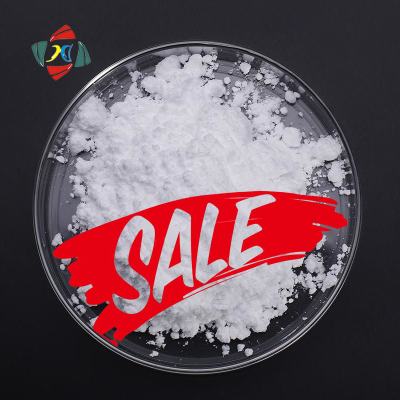-
Categories
-
Pharmaceutical Intermediates
-
Active Pharmaceutical Ingredients
-
Food Additives
- Industrial Coatings
- Agrochemicals
- Dyes and Pigments
- Surfactant
- Flavors and Fragrances
- Chemical Reagents
- Catalyst and Auxiliary
- Natural Products
- Inorganic Chemistry
-
Organic Chemistry
-
Biochemical Engineering
- Analytical Chemistry
- Cosmetic Ingredient
-
Pharmaceutical Intermediates
Promotion
ECHEMI Mall
Wholesale
Weekly Price
Exhibition
News
-
Trade Service
The production of γ-oryzanol, a natural sterol found in rice bran oil, is an important process in the chemical industry.
There are several synthetic routes to obtain γ-oryzanol, each with its own advantages and disadvantages.
In this article, we will discuss the most commonly used synthetic routes for the production of γ-oryzanol.
- The Acetate Route
The acetate route is one of the most commonly used synthetic routes for the production of γ-oryzanol.
In this process, rice bran oil is first subjected to a chemical reaction with acetyl chloride, which converts the sterols in the oil to γ-oryzanol.
The γ-oryzanol is then extracted from the reaction mixture using solvents such as ether or benzene.
Advantages of the Acetate Route:
- The process is relatively simple and easy to perform.
- It is a cost-effective process as it uses easily available starting materials.
- The yield of γ-oryzanol is high, often more than 80%.
Disadvantages of the Acetate Route:
- The acetylation process results in the formation of other byproducts that need to be removed, which can be time-consuming and expensive.
- The use of acetyl chloride is controversial due to its potential health hazards.
- The Hydrolysis Route
In the hydrolysis route, γ-oryzanol is produced by hydrolyzing the cellulose in rice husks using hydrochloric acid.
The resulting mixture is then subjected to a steam distillation process to separate the γ-oryzanol from other components.
Advantages of the Hydrolysis Route:
- The process is environmentally friendly as it uses a renewable starting material (rice husks).
- The yield of γ-oryzanol is high, often more than 80%.
- The resulting γ-oryzanol is of a high quality, as it is free from other byproducts that may be present in the rice bran oil.
Disadvantages of the Hydrolysis Route:
- The process is more complex than the acetate route and requires specialized equipment.
- The use of hydrochloric acid is controversial due to its potential health hazards.
- The Enzymatic Route
In the enzymatic route, γ-oryzanol is produced by enzymatically hydrolyzing the cellulose in rice husks using enzymes such as cellulase.
The resulting mixture is then subjected to a steam distillation process to separate the γ-oryzanol from other components.
Advantages of the Enzymatic Route:
- The process is environmentally friendly as it uses a renewable starting material (rice husks) and enzymes.
- The yield of γ-oryzanol is high, often more than 80%.
- The resulting γ-oryzanol is of a high quality, as it is free from other byproducts that may be present in the rice bran oil.
Disadvantages of the Enzymatic Route:
- The process is more complex than the acetate route and requires specialized equipment.
- The use of enzymes is controversial due to their potential health hazards and high cost.
In conclusion, the synthetic routes for γ-oryzanol vary in their complexity and starting materials, but all three methods are effective in producing γ-oryzanol.
The choice of synthetic route depends on factors such as cost, environmental impact, and desired product quality.
As the demand for γ-oryzanol continues to grow, it is likely that new and more efficient synthetic routes will be developed in the future.







